Description
The structure of the oil industry has largely been determined by its past history. Appreciation of this is essential in order to develop a sound judgment on future developments. The first three chapters of this book have therefore been devoted to this. Chapters 4 to 6 look at the role of oil in a multi-fuel economy, the role of other primary fuels, the scope for developing new, clean and renewable forms of energy and the possibilities for reducing energy and oil demand through conservation. The third section of this book looks at the internal economics of the oil industry, function by function, while Chapters 11 to 14 look more closely at the present structure of the oil industry and cover not only the major international, national and independent oil companies but also the large number of service and supply companies which provide the oil industry with every form of specialist assistance. Chapters 15 and 16 provide some background to the organization and structure of two important institutions in the oil world – the Organization of the Petroleum Exporting Countries and the International Energy Agency. One of the major features of the oil industry is its international nature and its inevitable involvement with politics on a global scale. Chapters 17 to 20 seek to examine four aspects of this geopolitical background to the industry from the changing pattern of trade to the new oil producers. By way of conclusion, Chapter 21 considers the factors which may influence the price and supply of crude oil in the years ahead, making this book essential reading for everyone involved in the oil and petrochemical industries, as well as for oil traders, economists, government officials and even energy ministers.

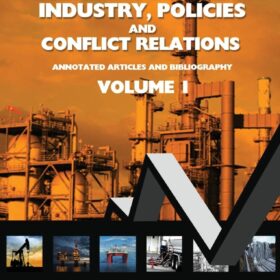
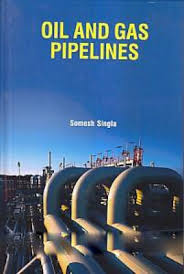
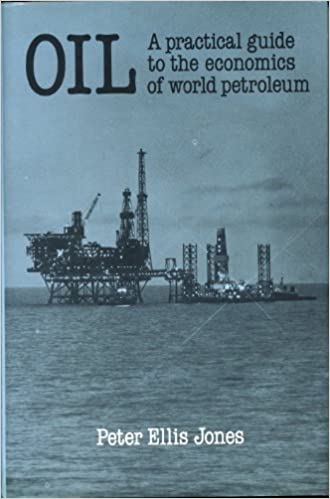

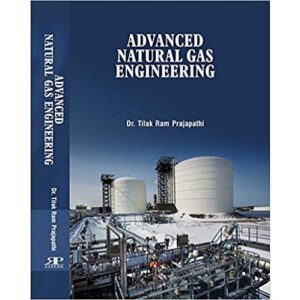





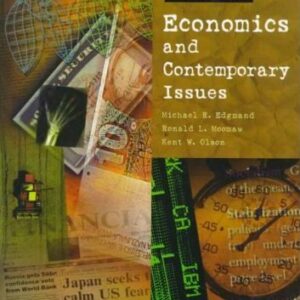
Reviews
There are no reviews yet.